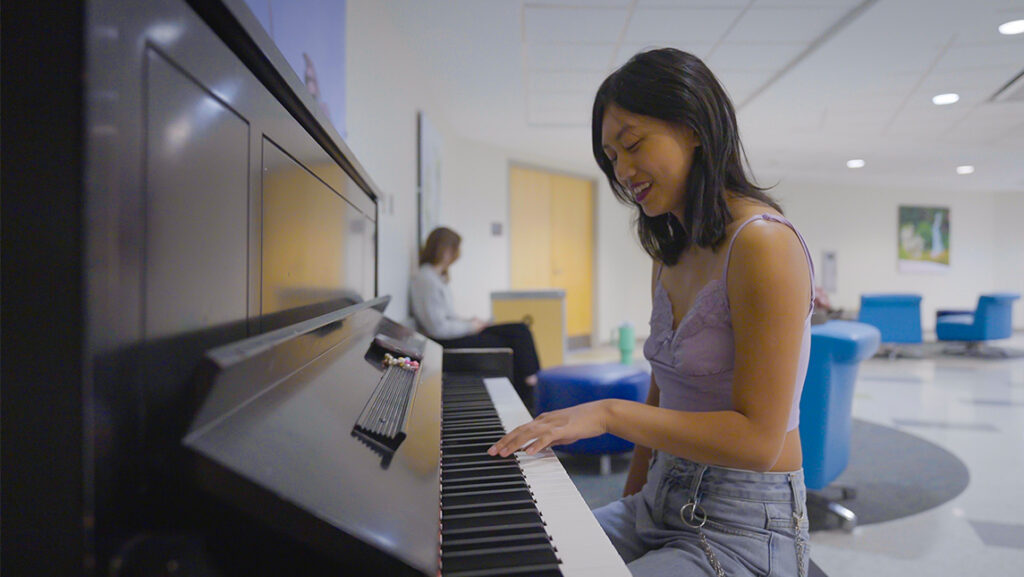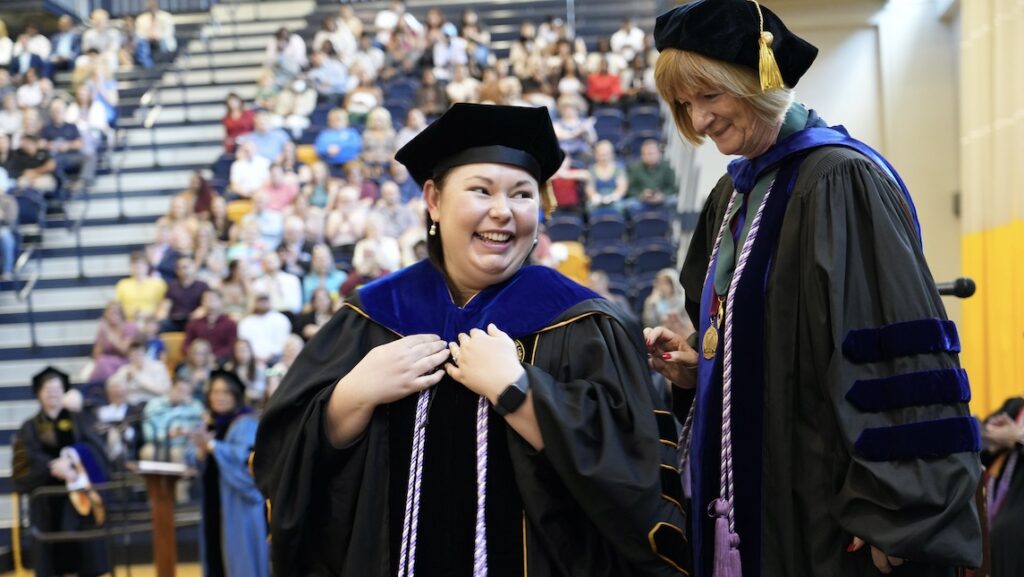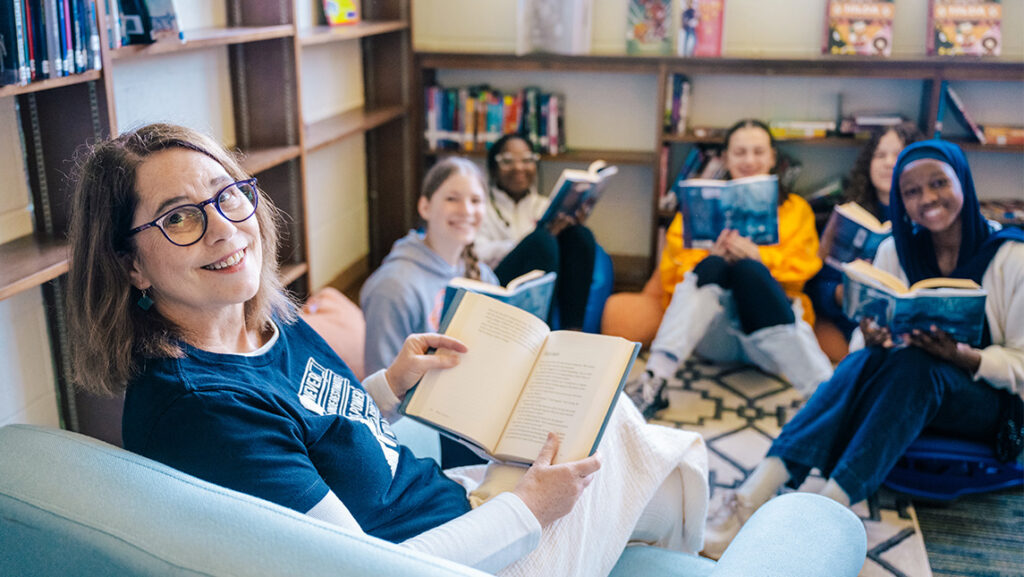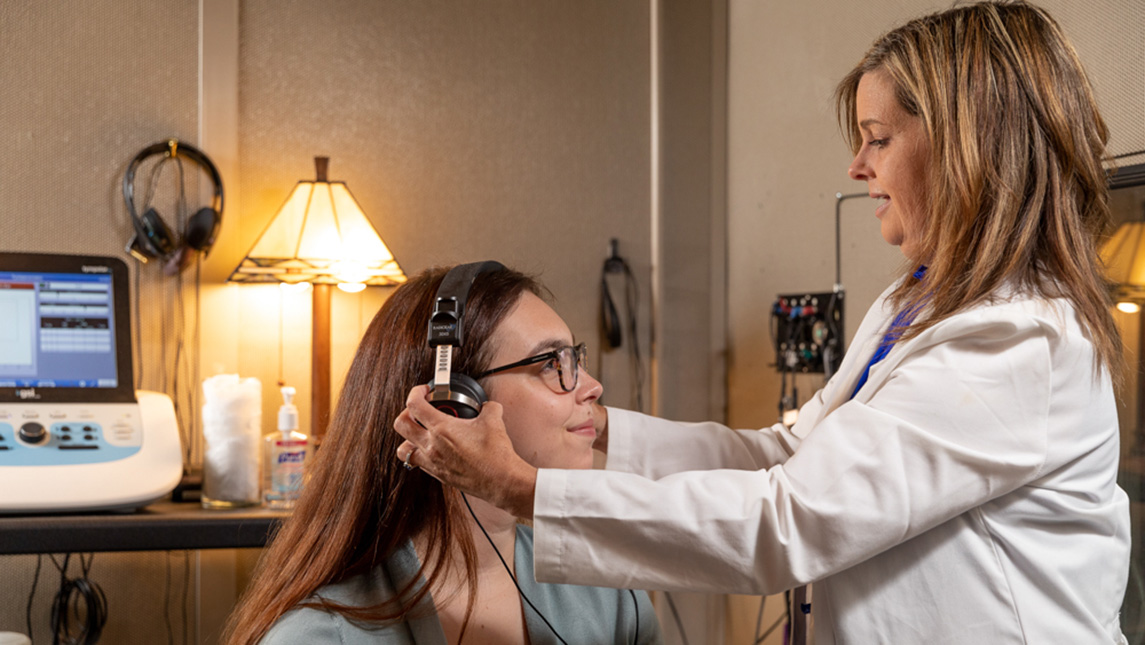
Imagine being newly retired and excited to embrace hobbies. As the days go on, you begin to notice difficulty hearing some of your favorite sounds, from your grandchildren playing in the pool to the pitter-patter of rain on the rooftop.
This scenario can be an unfortunate reality for many people, with an estimated 15% of adults in the U.S. experiencing difficulty hearing. Many of these individuals with hearing loss are 60 years of age and older, according to the National Institute on Deafness and Other Communication Disorders.
But hearing loss also affects people who are younger. According to a Hearing Loss Association of America finding, one in five teenagers have hearing loss and “about 2 to 3 out of every 1,000 children in the United States are born with a detectable level of hearing loss in one or both ears”.
After observing reduced hearing, the next recommended step is to see an audiologist. While some adults may welcome this new experience, others may feel apprehensive about stepping into a specialist’s office for the first time. What will the appointment be like? What if my hearing is worse than I thought?
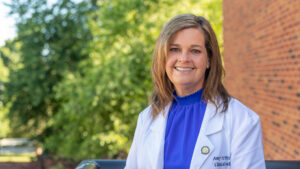
To answer some of these questions, we sat down with UNCG’s hearing aid expert, Dr. Amy Myers, who is a clinical audiologist and associate professor in audiology. Myers has been practicing for over 20 years, and sees patients from across the state and even outside of North Carolina at UNCG’s Speech and Hearing Center.
“Amy is very knowledgeable about a breadth of topics related to hearing, from current trends in hearing aids to adjusting auditory input so you don’t damage your hearing,” says School of Health and Human Sciences Assistant Dean Larissa Witmer. “Her clients adore her and she’s highly sought after. She’s a huge asset to UNCG.”
Dr. Myers emphasizes that each appointment scheduled with an audiologist can vary depending on the needs and concerns of the patient.
“Like going to the eye doctor,” but for your ears
An audiology appointment may feel like a whole new ball of wax, but Myers suggests it should be viewed similarly to other general health evaluations to help ease uncertainties.
Many people may be very familiar with a trip to the optometrist. They know the drill of getting their eyes checked by a trained professional, receiving a prescription, and then regularly using contact lenses or eyeglasses.
“I think hearing is really an underrated sense. People get their eyes checked, but getting their hearing checked may not be something that they think about,” Myers says. “Once they do, it can improve their quality of life.”
Myers says there are multiple misconceptions surrounding audiology that are important to unclog.
“I don’t think a lot of the public recognizes us as a health care provider that recommends a medical device based on a hearing prescription,” Myers says. “Because that’s what we’re doing, we’re trying to figure out what your hearing prescription is, in order to determine a recommendation and what’s appropriate.”
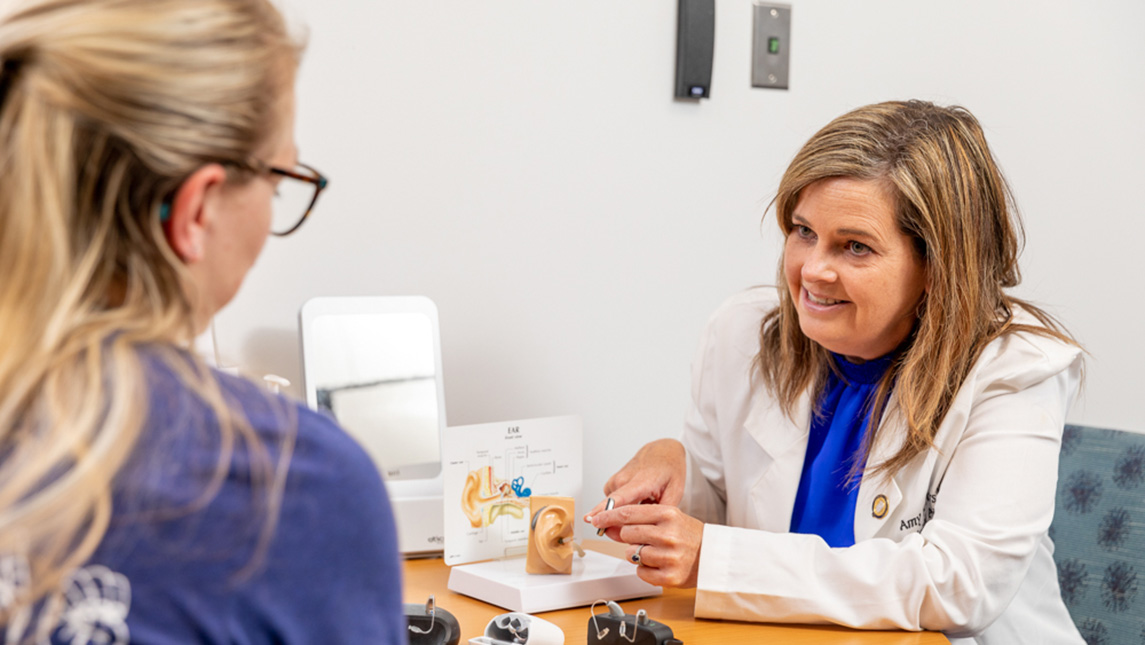
Here are some facts many people don’t know:
- First, audiologists receive extensive training to hone their ear expertise. They spend about seven to eight years in training, from undergraduate to advanced graduate studies.
- Second, audiologists are not operating in guesswork. They use specialized training and equally specialized equipment to provide a prescription and a treatment plan for each patient.
Your perspective matters.
Myers said a two-way dynamic with a patient is an important component of the appointment.
A typical appointment begins with the audiologist conducting a case history to understand any underlying factors that could be contributing to the hearing loss such as diabetes or high cholesterol.
Then, the audiologist will take some time to get to know a patient’s specific experiences, and goals. Questions in the case history intake include: “What concerns brought you into the clinic? What difficulty are you experiencing? What are your goals?”
Myers says a patient’s answers to these questions are important because developing a treatment plan for ears is not a one-size-fits all approach.
For example, one person may wish to be able to hear at the movies, while another may wish to attend professional meetings and need to communicate with their colleagues. The treatment plan will be individualized to align with their hearing goals and prescription needs within the overarching goal of improving each patient’s quality of life.
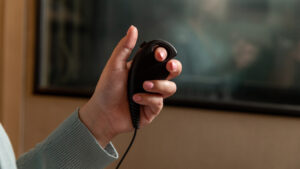
Myers will then ask additional questions to determine whether the patient has commonly-experienced symptoms, such as ear fullness or tinnitus. These questions are routinely followed up by an evaluation of the ears using an otoscope (described below) and then two parts of the hearing test: a tone and a word test.
For the tone test, the patient will respond by pushing a button, raising their hand, or verbally responding when they hear a beep. For the word test, a patient repeats the words and/or phrases they hear at what the patient perceives as a comfortable volume. For both of these tests, the patient will put on headphones or another type of transducer, and go into a separate booth or room.
“The tone test is looking at how well your ears hear and what type of hearing loss you have, while the word test is looking at how well you’re understanding and what message is going to the brain,” Myers said.
Tools of the trade.
The Otoscope. Do you recall having your ears checked by your primary care doctor? The tip of the otoscope is long and skinny like the peg from a board game. Myers uses this same piece of familiar equipment to peer into a patient’s ear to assess the landmarks of the ear.
Otoscopy is used to observe the ear, ear canal, and eardrum. This can assist an audiologist in finding excessive wax buildup, an ear infection, or an eardrum abnormality that could be contributing to hearing concerns.
The Audiometer. Another tool a patient may notice at an audiologist appointment is an audiometer. Myers uses the audiometer to present a variety of pitches at varying volumes to assess a patients’ hearing as well as obtain speech recognition scores.
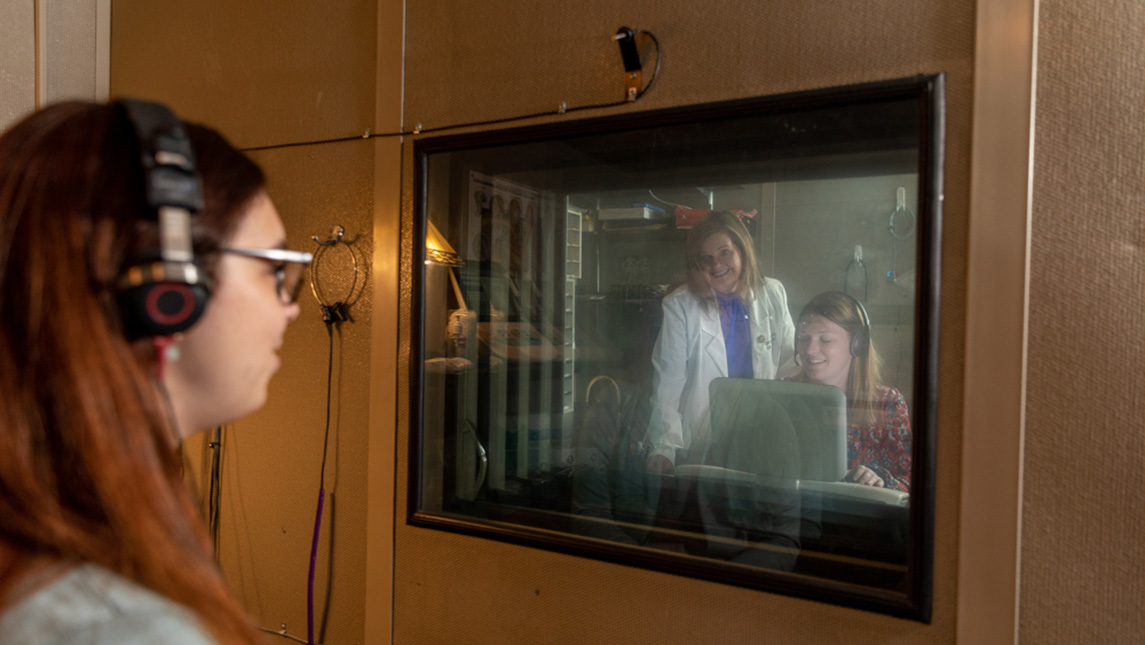
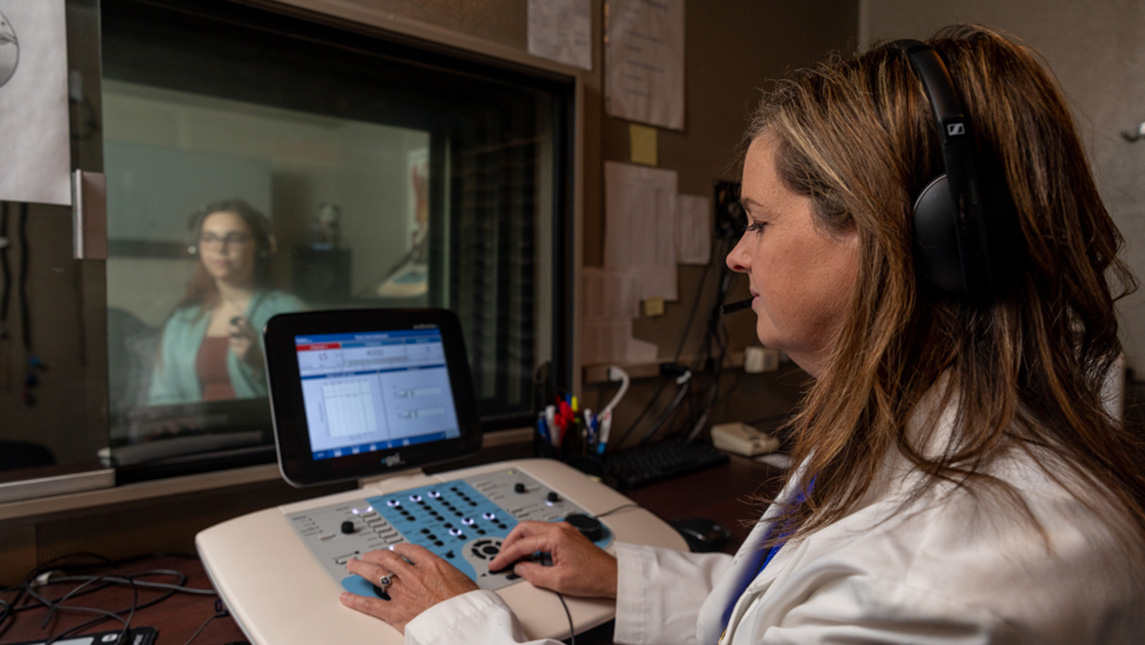
The results from the entire evaluation are important “puzzle pieces,” she says. They place a patient’s hearing along a continuum of “normal to profound loss” and clarify the type of hearing loss.
The audiologist uses this prescription in tandem with the patient’s goals. For example, an audiologist may suggest communication strategies, such as sitting away from the entrance of the kitchen in a restaurant for better clarity of sounds. If a hearing loss is present, Myers said “amplification should always be recommended.”
Real-Ear Measurement Probe Microphone. Myers’ office includes a real-ear measurement device, considered the gold standard to ensure patients are receiving the amplification they need from a hearing aid. The device uses a tiny microphone to determine exactly how much sound a patient’s eardrum is receiving, and provides valuable data on top of the perceptions that patients report.
Hearing aids are “not cookie cutter, one size fits all”
Rechargeable. Water-proof. Behind-the-ear. Receiver-in-ear. Hearing aids come in several varieties, similar to how patients have multiple options for prescription glasses.
The options vary in style and circuitry. “Style” refers to “what it looks like,” Myers says, and circuitry refers to how advanced the computer chip is.
“There are many hearing aid manufacturers with many different device options,” Myers says. “It’s my job as the expert to help narrow down these options.”
Once a decision is made, the audiologist will assist the patient with anything they may have questions about, including hearing aid orientation, maintenance, programming, and being an active member in their hearing journey.
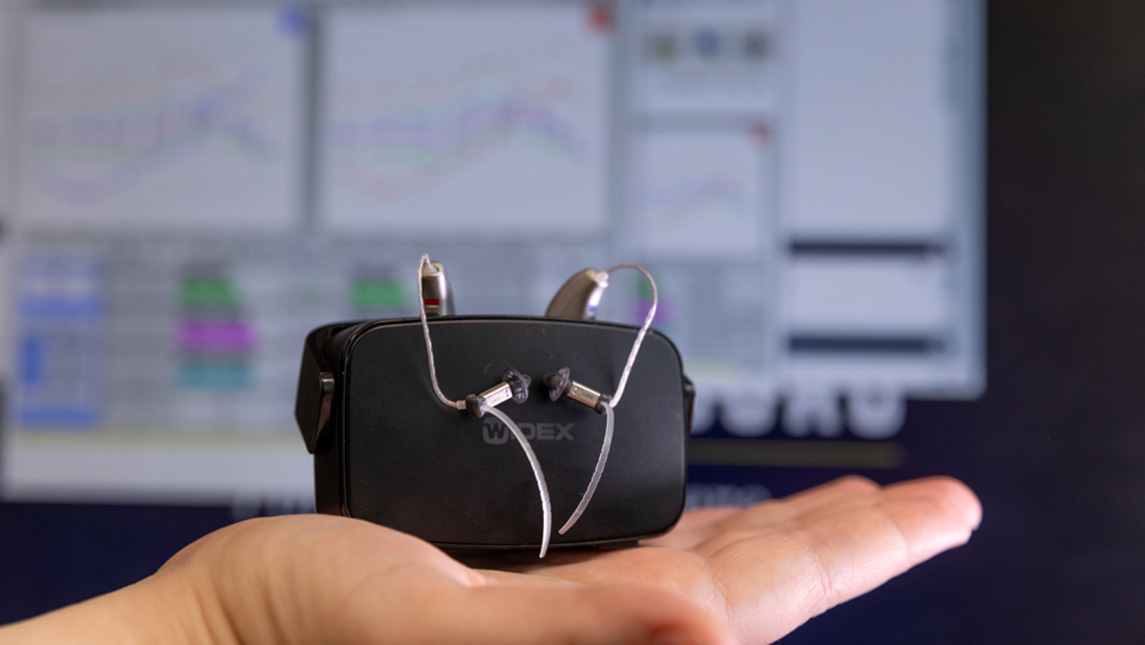
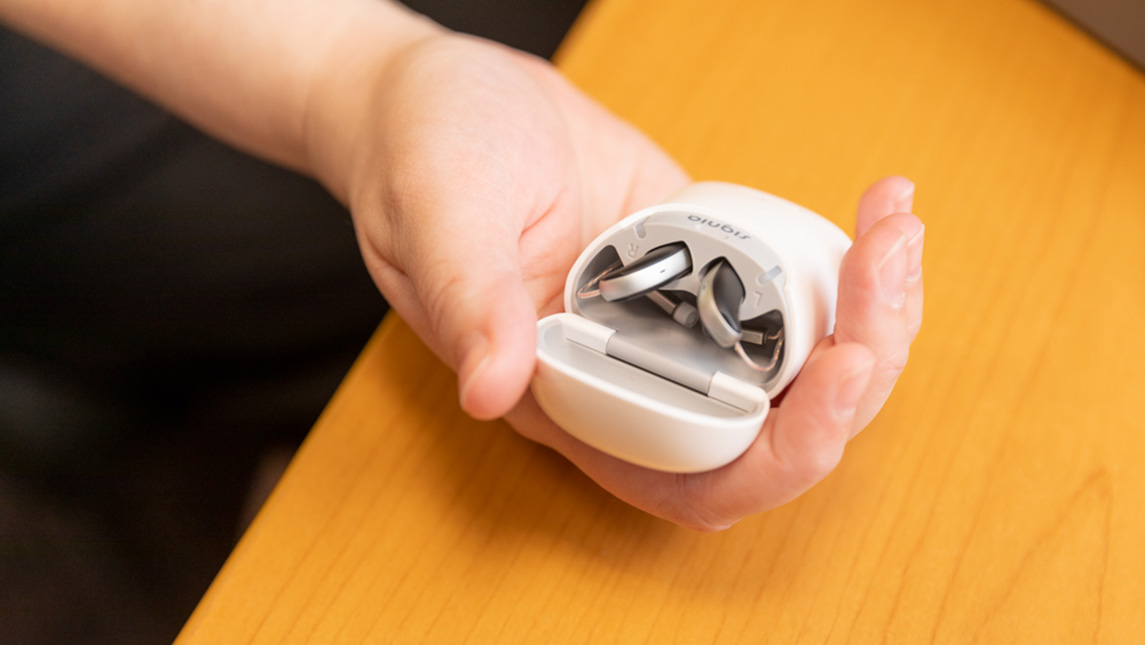
Audiology as life-changing
A trip to the audiologist can be life-changing. Myers said she knows this firsthand, having grown up with a mom who had hearing loss.
Having hearing aids was a win-win, allowing her mom to communicate with her loved ones – and also sparking Myers’ drive to become an audiologist.
“How great that I can talk to my mom and communicate with her because someone helped her hear me,” Myers said. “ I wanted to be able to give that to somebody else.”
Myers describes meaningful moments to her, from a patient sharing that she could hear her “grandson say the Lord’s prayer for the first time” to being able to “hear the rain” again.
“I think Helen Keller said it best, ‘Blindness separates people from things; deafness separates people from people.’ It’s very rewarding to play a small part in keeping that connection with friends and family.” – Amy Myers
Story by Rachel Damiani
Photography by Bert Vanderveen
